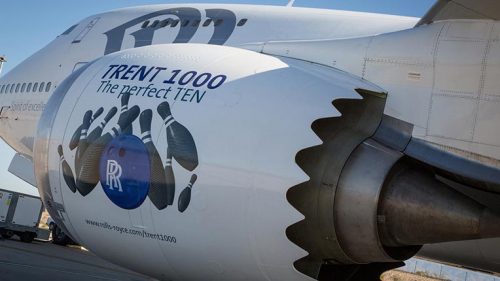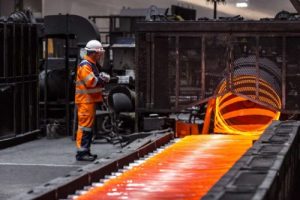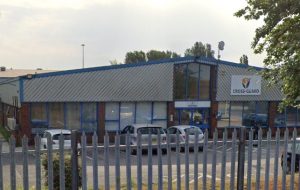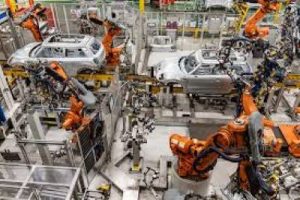Rolls-Royce to take £1.4bn hit over engine troubles

Derby-based Rolls-Royce says it will take a huge £1.4bn hit to its bottom line this year because of maintenance issues with its Trent 1000 engine.
The manufacturer says full-year profits will be at the lower end of its guidance range because of the problems, but that it is making progrees in resolving the issues, with “only one major design fix” remaining.
Rolls-Royce also said it will spend an extra £400m on fixing the issues – on top of the £1.6bn already announced.
Warren East, chief executive at Rolls-Royce, said: “In spite of improved trading since the Half Year, we now expect Full Year operating profit and free cash flow to be towards the lower end of our guidance ranges. In Civil Aerospace, while the Trent 1000 costs remain a headwind, the vast majority of our installed fleet of widebody engines is performing well, with the Trent XWB surpassing our expectations. We have seen growth in ITP and steady sales in Defence. In Power Systems, while trading remains healthy, a small number of larger projects have been deferred and as a result we now expect sales growth for the Full Year in the low- to mid-single-digit range.
“My top priority is improving customer confidence in the Trent 1000. We are today announcing additional action to further expand our maintenance capacity and increase our stock of spare engines. We deeply regret the ongoing disruption caused to customers. These steps, which build upon progress made to date, will further reduce disruption to our airline customers and give them the certainty that they need.
“We have completed a detailed technical evaluation of our work on an improved high pressure turbine blade for Trent 1000 TEN, the last major redesign activity required for the issues which we have identified with the engine. Although we regret that the blade will not be ready when we had originally planned, our understanding of the technical issues has significantly improved. As a result we are now able to reset our financial and operational expectations for the engine based on a blade design with a prudent durability estimate that we are confident we can deliver. This will give our customers and ourselves a higher degree of certainty as we plan for the servicing of the fleet over the coming years.”







